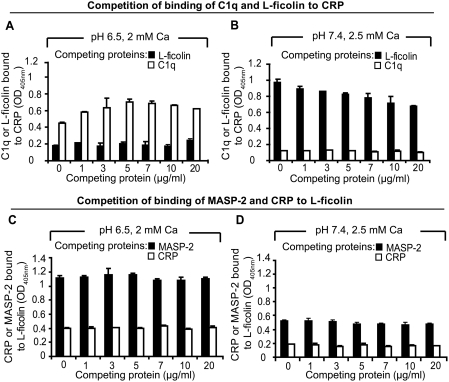Figure 4. Co-existence of the amplification pathways and the classical and lectin pathways.
(A) Competition of binding of C1q and L-ficolin to CRP at pH 6.5 and 2 mM calcium. 0.8 µg of C1q mixed with increasing amounts of L-ficolin (black bars) or 0.8 µg of L-ficolin mixed with increasing amount of C1q (white bars) in blocking buffer (MBS with 0.05% Tween-20 and 1% HSA, pH 6.5) was added to the immobilized CRP. The amount of bound C1q (black bars) or L-ficolin (white bars) was detected by the corresponding antibodies. (B) Competition of binding of C1q and L-ficolin to CRP at pH 7.4 and 2.5 mM calcium. 0.8 µg of C1q mixed with increasing amount of L-ficolin (black bars) or 0.8 µg of L-ficolin mixed with increasing amount of C1q (white bars) in blocking buffer (TBS with 0.05% Tween-20 and 1% HSA, pH 7.4) was added to the immobilized CRP. The bound C1q (black bars) or L-ficolin (white bars) was detected by the corresponding antibodies. (C) Competition of binding of MASP-2 and CRP to L-ficolin at pH 6.5 and 2 mM calcium. 0.8 µg of CRP mixed with increasing amount of MASP-2 (black bars) or 0.8 µg of MASP-2 mixed with increasing amount of CRP (white bars) in blocking buffer (MBS with 0.05% Tween-20 and 1% HSA, pH 6.5) was added to the immobilized L-ficolin. The bound CRP (black bars) or MASP-2 (white bars) was detected by the corresponding antibodies. (D) Competition of binding of MASP-2 and CRP to L-ficolin at pH 7.4 and 2.5 mM calcium. 0.8 µg of CRP mixed with increasing amount of MASP-2 (black bars) or 0.8 µg of MASP-2 mixed with increasing amount of CRP (white bars) in blocking buffer (TBS with 0.05% Tween-20 and 1% HSA, pH 7.4) was added to the immobilized L-ficolin. The bound CRP (black bars) or MASP-2 (white bars) was detected by the corresponding antibodies. 0.8 µg of HSA immobilized on the wells instead of CRP was the negative control and readings were subtracted off the negative controls. Ca annotates calcium.

